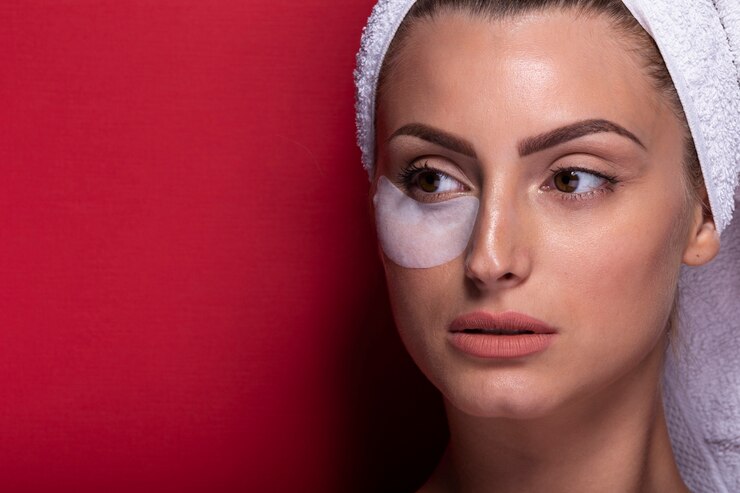In the field of aesthetic medicine, under-eye dark circles are a frequent and multifaceted problem that arises from a number of reasons, including changes in the deep facial structure, the soft tissues, and the skin. A tailored management approach can be created for the specific anatomic changes present, and there are many different therapeutic choices available.
Numerous elements are involved in the aetiology. Volume loss, tear troughs, translucent skin, obvious blood vessels or blood stasis, excessive pigmentation, allergies, asthma, atopic dermatitis, and orbital adipose tissue prolapse are among the factors that can be present.The doctor’s diagnosis and the underlying aetiology will determine the course of therapy at our Amista skin and hair clinics. Treatment options include surgical, physical, and topical methods. Sunscreens and peels are the two most popular topical treatments and medications. Long-pulsed and picosecond lasers have been employed in the treatment of vascular lesions and pigmented lesions, respectively. Additionally, topical therapy can be used in conjunction with lasers to improve results. Dermal fillers can be used to treat dark circles or Periorbital hyperpigmentation (POH) linked with tear troughs.

Pigmentation is a disorder occurs when there is an excessive production of melanin which is a natural pigment found on the skin leading to dark spots, patches or discoloration of the skin and results in an uneven skin tone.
There are different kinds of pigmentation treatments available, depending on the type and severity of the condition. Some of the common treatments are: scalp micro pigmentation treatment, anti-pigmentation treatment, lip pigmentation treatment, periorbital pigmentation treatment, scalp micro pigmentation treatment
1) Genetics
2) Hormonal changes
3) Sunexposure
4) Pollution
5) Skin irritation
6) Insulin resistance
7) Drug intake etc
Amista Clinic - Banjara Hills
8-2-626/A, 2nd Floor, MS Tower, Rd Number 1, above SBI bank, Avenue 4, Banjara Hills, Hyderabad, Telangana - 500034.
Amista Clinic - Vijayawada
29-28/1-32B, 2nd Floor, ICICI Bank building, Venkateswara Complex, Komelavadi Veedhi, Eluru Rd, opposite Indian Oil Petrol Bunk, Seetharampuram, Signals, Vijayawada, Andhra Pradesh 520002
Amista Clinic - Manikonda
2nd Floor, Abhinandana Jewel, 201, Lanco Hills Rd, adjacent to SBI Bank, Muppas Panchavati Colony, Manikonda, Hyderabad, Telangana 500008
Copyright © 2022 Amista Clinics. All rights reserved. Build by Amista Clinics

WhatsApp us